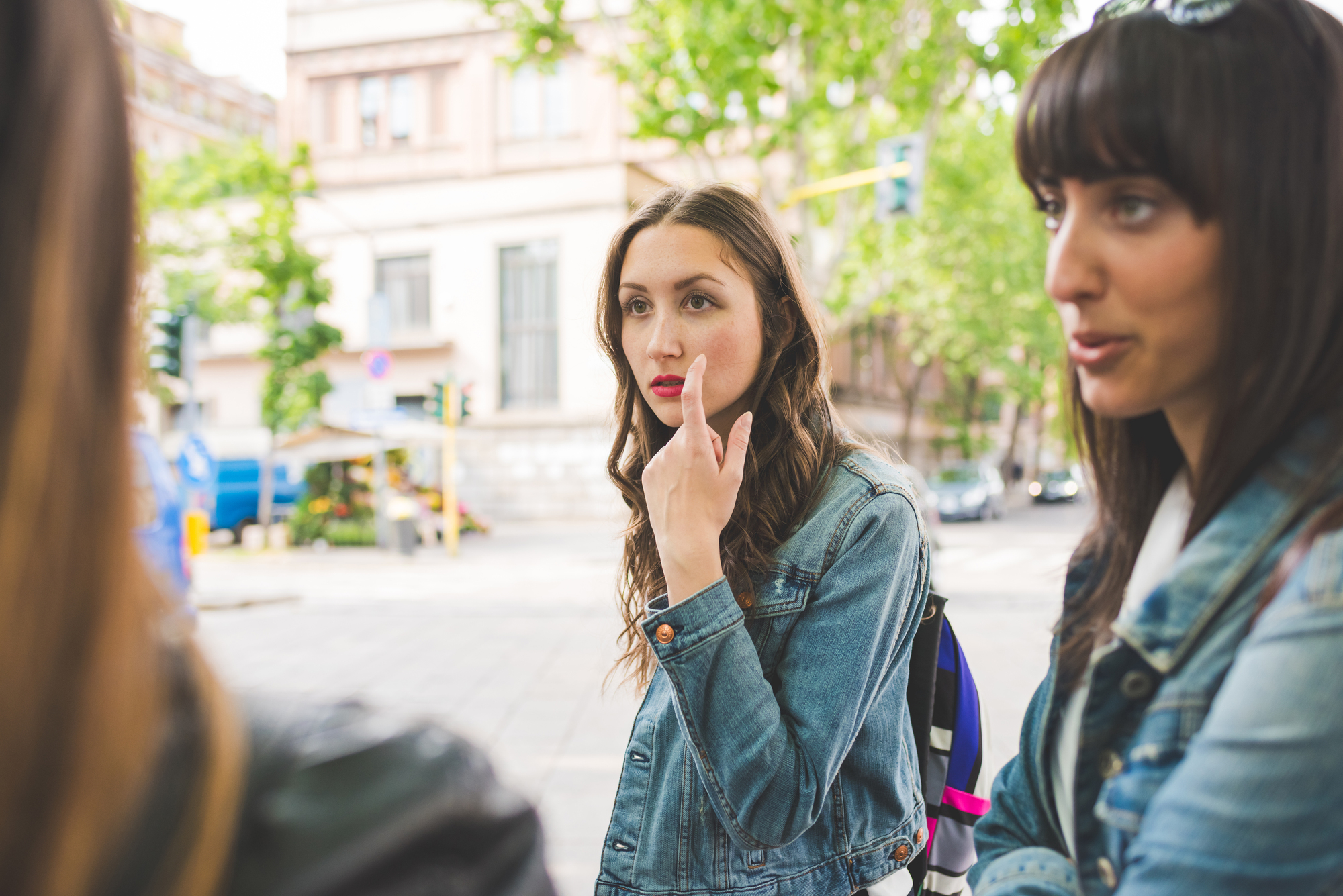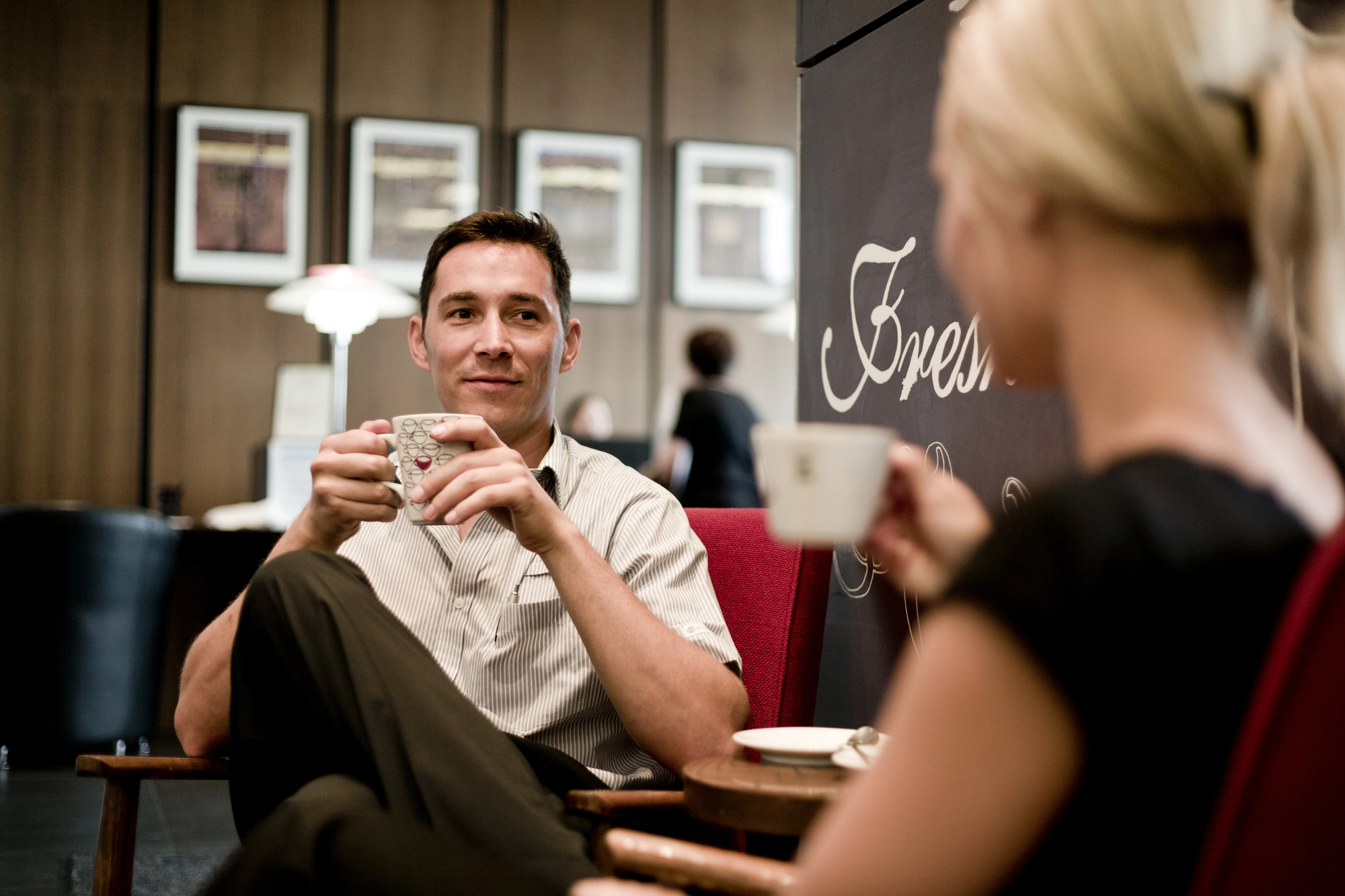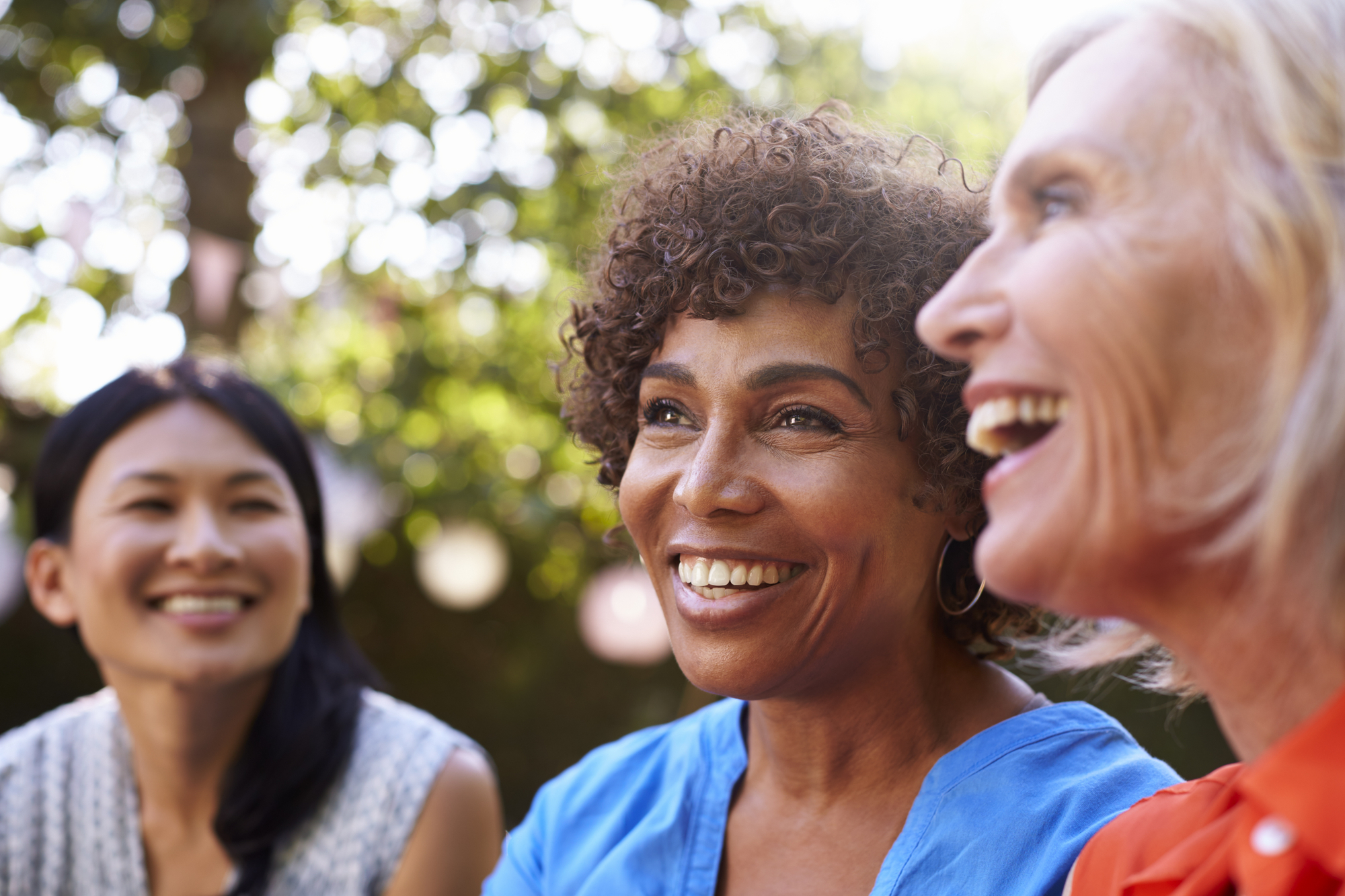These things allow people to “read” the minds of others.

Some people seem to have a natural ability to “just know” what others are thinking by looking at them. Although this ability might seem quite magical, there’s a knack to it that can be developed through practice. Here are the habits these people possess (that you can work on too):
1. They pay close attention to body language.

They’ll watch someone’s feet to observe what direction that person will take, or can “read” their actions to determine what they’re thinking. For example, a person whose gaze is darting around may have lost something, while someone who’s biting their lip or cleaning their nails may be anxious about something that’s unfolding.
2. They listen much, and speak little.

One can’t observe much when they’re chattering away like a gibbon. Instead, those who can read others easily choose to listen to everything going on around them, and speak sparingly. This way, they can take in more than they offer, and process information without distraction.
3. They observe small details about others’ behavior and choices.

Like Sherlock, they’ll hone in on minutiae about someone’s clothing choices, accent, and so on to glean a greater picture of what that person is about. Quite often, the tiny details that most people aren’t even aware of can offer immense insight into their inclinations and intentions.
4. They’re highly attuned to subtle changes in atmosphere.

This is also known as being aware of “the vibe” in certain circles. Essentially, they can sense things like energy in the atmosphere around a person, as well as hyper-awareness of subtle facial changes that signal what a person is feeling, or what they’re about to do next.
5. They often spend a lot of time with animals.

Since animals don’t communicate verbally like humans, their owners are used to spotting unspoken clues and “reading the room”. As a result, once a person has learned how to read animal behavior, the actions displayed by humans are usually much more straightforward to decipher, as they can be formulaic in their patterns.
6. They don’t surround themselves with a lot of distraction.

These are people who tend to treasure minimalism, calmness, and clarity, and thus are often in clean, simple surroundings without many glaring screens or types of audio-sensory overwhelm. They’re comfortable in silence, and only partake in entertainment in small doses, rather than as intentional distraction or escapism.
7. They have developed the ability to focus well, even in chaotic circumstances.

They develop focus through meditation, plenty of sleep, good nutrition, and are often very well studied in at least one topic. They’ve sharpened their minds into well-honed tools, and are able to maintain focus in even the most trying of circumstances.
8. They prefer sober thought over the escapism of intoxicants.

It’s a lot easier to be intuitive and observant of others’ behaviors if your mind is clear. Those who can read others easily tend to be very tempered in their use of intoxicants. They’ll either remain sober so as to have full control over their faculties, or indulge very sparingly.
9. They develop the ability to recognize patterns.

They learn very well from their observations of human habits and behavior, and therefore can recognize patterns when they encounter them. If they have experience with people behaving a certain way, they’ll be able to anticipate their next actions.
10. They cultivate strong memory recall skills.

The ability to recognize body language and determine intention requires practice and exercise, just like any other skill. As such, those who can read others’ minds tend to exercise their muscle memory by doing things like playing memory games, learning and practicing new languages or skills, solving puzzles, and so on.
11. They learn how to recognize microexpressions.

Sometimes, the tiniest twitch on a person’s face can say more about what they’re thinking or feeling than grandiose gestures. Those who seem to be able to tell what others are thinking at a glance make a point of studying these microexpressions so they can recognize them easily.
12. They familiarize themselves with cultural differences.

Gestures, facial expressions, and intonations can differ greatly between cultures: what’s considered a friendly and welcoming gesture in one country can be immensely insulting in another. As such, those who can read others easily often put significant effort into learning how to recognize behaviors from different cultural groups.









